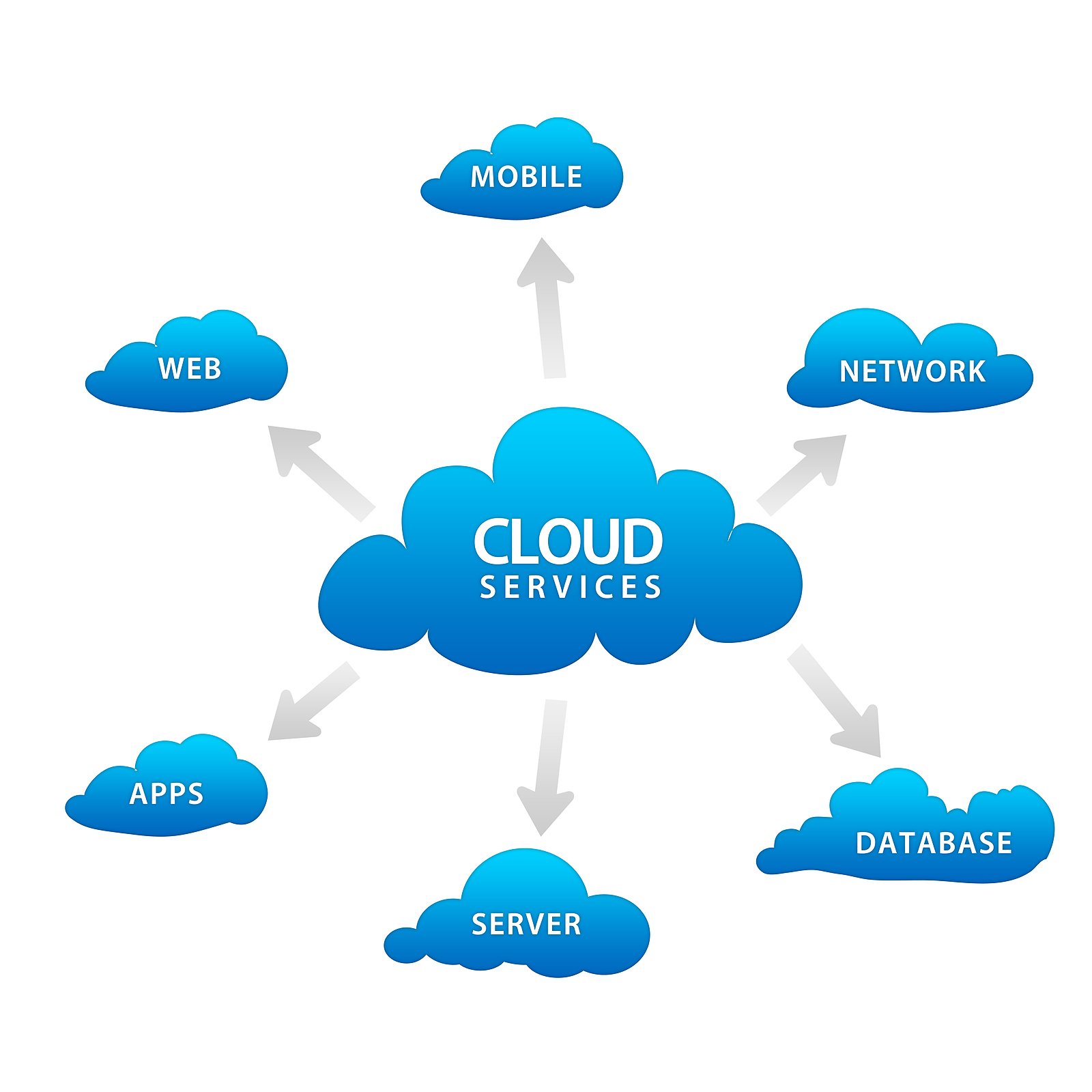Comprehensive Cloud Services: Increase Performance and Safety for Your Company
Achieve Seamless Scalability With Cloud Provider
In the ever-evolving landscape of cloud services, achieving seamless scalability stands as a cornerstone for modern organizations seeking to stay adaptable and competitive. The pursuit for seamless scalability with cloud solutions introduces a globe of opportunities for those ready to accept the transformative power of dynamic source administration.
Benefits of Cloud Scalability
Cloud scalability offers organizations the flexibility to dynamically adjust resources based on demand, making sure optimum efficiency and cost effectiveness. Furthermore, cloud scalability promotes technology and experimentation by allowing companies to quickly examine new ideas and scale them as needed. Eventually, the advantages of cloud scalability expand past cost savings to include improved performance, dexterity, and development.
Key Features for Scaling
Effective scaling in cloud solutions counts on essential features that enable companies to change resources dynamically based on need. One essential feature for scaling is elasticity, enabling sources to scale up or down in reaction to changing work. This makes certain that companies can satisfy efficiency requirements without over-provisioning resources. Another crucial function is scalability, enabling systems to manage boosted workload by adding resources seamlessly. This feature is critical for accommodating growth without endangering performance. Additionally, automation plays a crucial duty in scaling by automating the provisioning and de-provisioning of resources based on predefined policies. Automation reduces human intervention, boosts performance, and ensures rapid reaction to transforming needs. Surveillance and analytics tools are additionally important for scaling, giving insights right into source usage, efficiency metrics, and possible bottlenecks. These tools allow organizations to make informed choices and enhance source allotment for effective scaling. In general, these crucial features collectively equip organizations to attain smooth scalability in cloud solutions.
Applying Auto-Scaling Techniques
To properly maximize source allocation and adapt to varying workloads, organizations must strategically implement auto-scaling strategies in their cloud services framework. Auto-scaling allows systems to immediately adjust the variety of calculate resources based upon real-time need. There are various auto-scaling techniques that companies can use, such as anticipating scaling, which utilizes historic data to anticipate future source requirements, and responsive scaling, which replies to existing work adjustments.

Ideal Practices for Scalability
For companies aiming to enhance their scalability in cloud services, executing finest techniques is critical for ideal efficiency and source administration. One secret ideal technique is making applications with a microservices architecture. This strategy breaks down applications into smaller, independent solutions that can be released, upgraded, and scaled independently, enabling for greater versatility and scalability.
One more important practice is making use of containerization modern technology, such as Docker or Kubernetes. Containers make it possible for the packaging of applications and their dependencies right into isolated units, making it simpler to scale parts independently and release them regularly across various settings.
In addition, applying automated implementation and infrastructure as code (IaC) can simplify scalability efforts (linkdaddy cloud services). Automation devices like Terraform or Ansible aid in provisioning and managing sources effectively, lowering hand-operated errors and allowing rapid scalability
In addition, find more info checking efficiency metrics, setting up informs, and performing normal capacity planning are important practices to make certain proactive scalability management. By adhering to these ideal techniques, companies can attain smooth scalability in their cloud services while maximizing performance and source use.
Surveillance Performance Metrics
When examining the performance of cloud services scalability, carefully keeping track of performance metrics is important for ensuring ideal capability and resource allowance. By continuously tracking essential performance signs (KPIs) such as action times, throughput, resource, and latency application, companies can acquire beneficial insights right into the health and wellness and efficiency of their cloud facilities. Checking performance metrics enables the very early discovery of prospective bottlenecks or issues that can influence scalability, allowing proactive actions to be required to address them prior to they escalate.

Conclusion
To conclude, accomplishing smooth scalability with cloud services is crucial for click to investigate companies to enhance efficiency, enhance advancement, and keep high performance degrees throughout peak times. By leveraging the benefits of cloud scalability, applying auto-scaling methods, using key functions such as flexibility and automation, and following ideal methods like application layout and efficiency monitoring, businesses can efficiently scale their systems while taking full advantage of source application and efficiency.
The mission for seamless scalability with cloud services unveils a world of possibilities for those eager to accept the transformative power of dynamic source monitoring.
Cloud scalability provides organizations the adaptability to dynamically readjust sources based on need, ensuring optimum performance and expense efficiency. Another essential function is scalability, enabling systems to take care of enhanced work by including sources flawlessly.For companies intending to boost their scalability in cloud services, implementing best check my source methods is vital for optimal efficiency and resource monitoring.When analyzing the efficiency of cloud services scalability, carefully keeping track of efficiency metrics is essential for guaranteeing optimal functionality and resource appropriation.